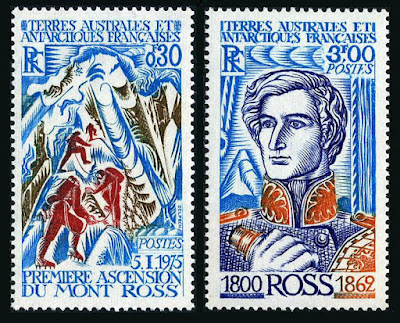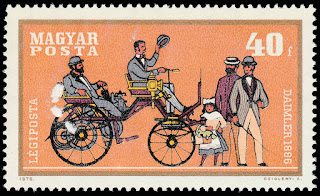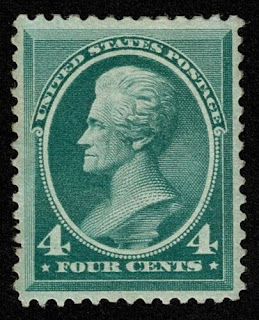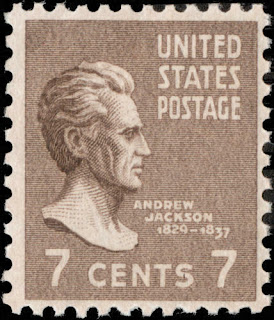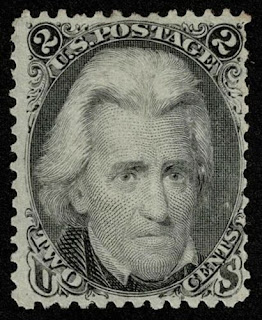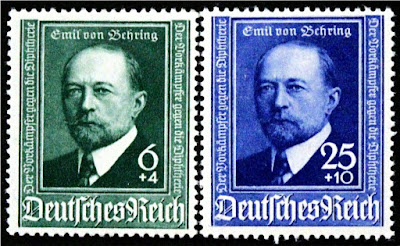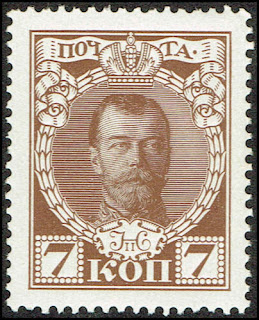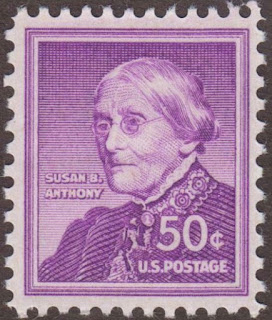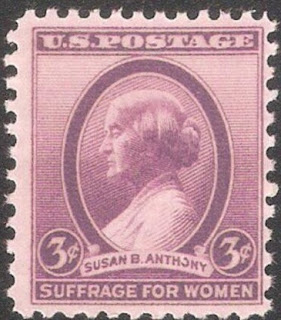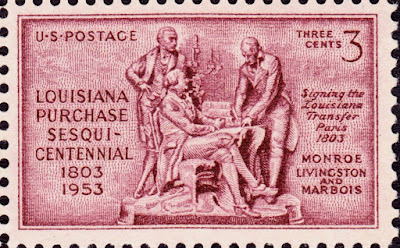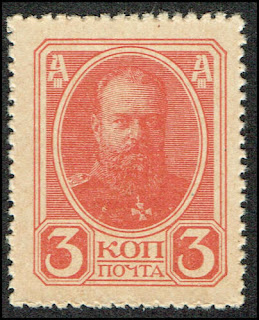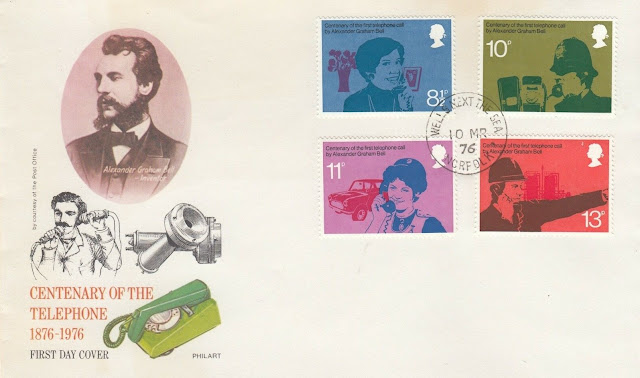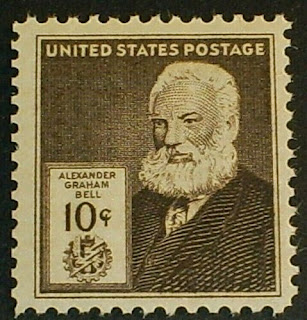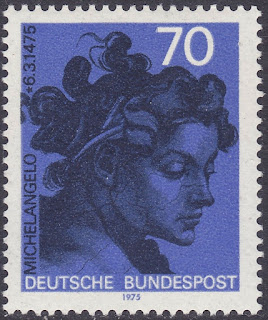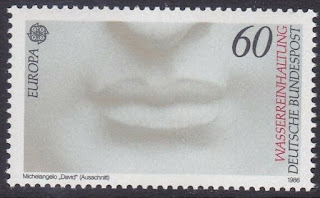Here are some events that happened on March 6th. It could be an event or a person that died or was born on that day
1475 Born: Michelangelo, Italian painter and sculptor (d. 1564)
Michelangelo di Lodovico Buonarroti Simoni (6 March 1475 – 18 February 1564), known best as simply Michelangelo, was an Italian sculptor, painter, architect and poet of the High Renaissance born in the Republic of Florence, who exerted an unparalleled influence on the development of Western art. Considered by many the greatest artist of his lifetime, and by some the greatest artist of all time, his artistic versatility was of such a high order that he is often considered a contender for the title of the archetypal Renaissance man, along with his rival, the fellow Florentine and client of the Medici, Leonardo da Vinci.
A number of Michelangelo's works of painting, sculpture and architecture rank among the most famous in existence. His output in these fields was prodigious; given the sheer volume of surviving correspondence, sketches and reminiscences, he is the best-documented artist of the 16th century. He sculpted two of his best-known works, the Pietà and David, before the age of thirty. Despite holding a low opinion of painting, he also created two of the most influential frescoes in the history of Western art: the scenes from Genesis on the ceiling of the Sistine Chapel in Rome, and The Last Judgment on its altar wall. His design of the Laurentian Library pioneered Mannerist architecture. At the age of 74, he succeeded Antonio da Sangallo the Younger as the architect of St. Peter's Basilica. He transformed the plan so that the western end was finished to his design, as was the dome, with some modification, after his death.
Michelangelo was the first Western artist whose biography was published while he was alive. In fact, two biographies were published during his lifetime. One of them, by Giorgio Vasari, proposed that Michelangelo's work transcended that of any artist living or dead, and was "supreme in not one art alone but in all three".
In his lifetime, Michelangelo was often called Il Divino ("the divine one"). His contemporaries often admired his terribilità—his ability to instil a sense of awe. Attempts by subsequent artists to imitate Michelangelo's impassioned, highly personal style resulted in Mannerism, the next major movement in Western art after the High Renaissance.
Stamps issued to commemorate Michelangelo and his works
Michelangelo's David
1787 Born: Joseph von Fraunhofer, German physicist and astronomer (d. 1826)
Joseph Ritter von Fraunhofer (6 March 1787 – 7 June 1826) was a Bavarian physicist and optical lens manufacturer. He made optical glass and achromatic telescope objective lenses, invented the spectroscope, and developed diffraction grating. In 1814, he discovered and studied the dark absorption lines in the spectrum of the sun now known as Fraunhofer lines.
One of the most difficult operations of practical optics during the time period of Fraunhofer's life was accurately polishing the spherical surfaces of large object glasses. Fraunhofer invented the machine which rendered the surface more accurately than conventional grinding. He also invented other grinding and polishing machines and introduced many improvements into the manufacture of the different kinds of glass used for optical instruments, which he always found to have flaws and irregularities of various sorts
By 1814, Fraunhofer had invented the modern spectroscope. In the course of his experiments, he discovered a bright fixed line which appears in the orange color of the spectrum when it is produced by the light of fire. This line enabled him afterward to determine the absolute power of refraction in different substances. Experiments to ascertain whether the solar spectrum contained the same bright line in orange as the line produced by the orange of fire light led him to the discovery of 574 dark fixed lines in the solar spectrum. Today, millions of such fixed absorption lines are now known.
Continuing to investigate, Fraunhofer detected dark lines also appearing in the spectra of several bright stars, but in slightly different arrangements. He ruled out the possibility that the lines were produced as the light passes through the Earth’s atmosphere. If that were the case they would not appear in different arrangements. He concluded that the lines originate in the nature of the stars and sun and carry information about the source of light, regardless of how far away that source is. He found that the spectra of Sirius and other first-magnitude stars differed from the sun and from each other, thus founding stellar spectroscopy.
These dark fixed lines were later shown to be atomic absorption lines, as explained by Kirchhoff and Bunsen in 1859. These lines are still called Fraunhofer lines in his honor; his discovery had gone far beyond the half-dozen apparent divisions in the solar spectrum that had previously been noted by Wollaston in 1802.
The German research organization Fraunhofer Society is named after him and is Europe's biggest Society for the Advancement of Applied Research.
German stamps issued to commemorate Fraunhofer



1836 Died: Davy Crockett, American soldier and politician (b. 1786 )
David Crockett (August 17, 1786 – March 6, 1836) was an American folk hero, frontiersman, soldier, and politician. He is commonly referred to in popular culture by the epithet "King of the Wild Frontier". He represented Tennessee in the U.S. House of Representatives and served in the Texas Revolution.
Crockett grew up in East Tennessee, where he gained a reputation for hunting and storytelling. He was made a colonel in the militia of Lawrence County, Tennessee and was elected to the Tennessee state legislature in 1821. In 1827, he was elected to the U.S. Congress where he vehemently opposed many of the policies of President Andrew Jackson, especially the Indian Removal Act. Crockett's opposition to Jackson's policies led to his defeat in the 1831 elections. He was re-elected in 1833, then narrowly lost in 1835, prompting his angry departure to Texas (then the Mexican state of Tejas) shortly thereafter. In early 1836, he took part in the Texas Revolution and was "likely" executed at the Battle of the Alamo after being captured by the Mexican Army.
Crockett became famous during his lifetime for larger-than-life exploits popularized by stage plays and almanacs. After his death, he continued to be credited with acts of mythical proportion. These led in the 20th century to television and movie portrayals, and he became one of the best-known American folk heroes.
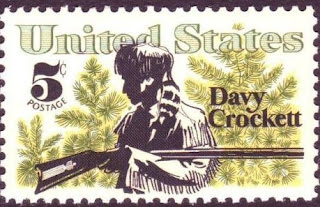

1869 – Dmitri Mendeleev presents the first periodic table to the Russian Chemical Society.
Dmitri Ivanovich Mendeleev (often romanized as Mendeleyev or Mendeleef, 8 February 1834 – 2 February 1907) was a Russian chemist and inventor. He is best remembered for formulating the Periodic Law and creating a farsighted version of the periodic table of elements. He used the Periodic Law not only to correct the then-accepted properties of some known elements, such as the valence and atomic weight of uranium, but also to predict the properties of eight elements that were yet to be discovered.
In 1863, there were 56 known elements with a new element being discovered at a rate of approximately one per year. Other scientists had previously identified periodicity of elements. John Newlands described a Law of Octaves, noting their periodicity according to relative atomic weight in 1864, publishing it in 1865. His proposal identified the potential for new elements such as germanium. The concept was criticized and his innovation was not recognized by the Society of Chemists until 1887. Another person to propose a periodic table was Lothar Meyer, who published a paper in 1864 describing 28 elements classified by their valence, but with no predictions of new elements.
After becoming a teacher in 1867, Mendeleev wrote the definitive textbook of his time: Principles of Chemistry (two volumes, 1868–1870). It was written as he was preparing a textbook for his course. This is when he made his most important discovery. As he attempted to classify the elements according to their chemical properties, he noticed patterns that led him to postulate his periodic table; he claimed to have envisioned the complete arrangement of the elements in a dream:
I saw in a dream a table where all elements fell into place as required. Awakening, I immediately wrote it down on a piece of paper, only in one place did a correction later seem necessary.
—Mendeleev, as quoted by Inostrantzev
On 6 March 1869, he made a formal presentation to the Russian Chemical Society, titled The Dependence between the Properties of the Atomic Weights of the Elements, which described elements according to both atomic weight (now called relative atomic mass) and valence. This presentation stated that
The elements, if arranged according to their atomic weight, exhibit an apparent periodicity of properties.
Elements which are similar regarding their chemical properties either have similar atomic weights (e.g., Pt, Ir, Os) or have their atomic weights increasing regularly (e.g., K, Rb, Cs).
The arrangement of the elements in groups of elements in the order of their atomic weights corresponds to their so-called valencies, as well as, to some extent, to their distinctive chemical properties; as is apparent among other series in that of Li, Be, B, C, N, O, and F.
The elements which are the most widely diffused have small atomic weights.
The magnitude of the atomic weight determines the character of the element, just as the magnitude of the molecule determines the character of a compound body.
We must expect the discovery of many yet unknown elements – for example, two elements, analogous to aluminium and silicon, whose atomic weights would be between 65 and 75.
The atomic weight of an element may sometimes be amended by a knowledge of those of its contiguous elements. Thus the atomic weight of tellurium must lie between 123 and 126, and cannot be 128. (Tellurium's atomic weight is 127.6, and Mendeleev was incorrect in his assumption that atomic weight must increase with position within a period.)
Certain characteristic properties of elements can be foretold from their atomic weights.
Mendeleev published his periodic table of all known elements and predicted several new elements to complete the table in a Russian-language journal. Only a few months after, Meyer published a virtually identical table in a German-language journal. Mendeleev has the distinction of accurately predicting the properties of what he called ekasilicon, ekaaluminium and ekaboron (germanium, gallium and scandium, respectively).
Russian and Portuguese stamps depicting Mendeleev and his periodic table
1882 – The Serbian kingdom is re-founded.
The Kingdom of Serbia (Serbian: Краљевина Србија, romanized: Kraljevina Srbija) was a country located in the Balkans which was created when the ruler of the Principality of Serbia, Milan I was proclaimed king in 1882.
Since 1817, the Principality was ruled by the Obrenović dynasty (replaced by the Karađorđević dynasty for a short time). The Principality, suzerainty of the Ottoman Empire, de facto achieved full independence when the last Ottoman troops left Belgrade in 1867. The Congress of Berlin in 1878 recognized the formal independence of the Principality of Serbia, and in its composition Nišava, Pirot, Toplica and Vranje districts entered the South part of Serbia.
In 1882, Serbia was elevated to the status of a kingdom, maintaining a foreign policy friendly to Austria-Hungary. Between 1912 and 1913, Serbia greatly enlarged its territory through engagement in the First and Second Balkan Wars—Sandžak-Raška, Kosovo Vilayet and Vardar Macedonia were annexed. At the end of World War I in 1918 it united with Vojvodina and the Kingdom of Montenegro, and in December 1918 it merged with the newly created State of Slovenes, Croats and Serbs to form the Kingdom of Serbs, Croats and Slovenes (later known as Kingdom of Yugoslavia) under the continued rule of the Serbian Karađorđević dynasty.
Serbian stamps depicting Milan I
1900 Died: Gottlieb Daimler, German engineer and businessman, co-founded Daimler-Motoren-Gesellschaft (b. 1834)
Gottlieb Wilhelm Daimler 17 March 1834 – 6 March 1900) was an engineer, industrial designer and industrialist born in Schorndorf (Kingdom of Württemberg, a federal state of the German Confederation), in what is now Germany. He was a pioneer of internal-combustion engines and automobile development. He invented the high-speed liquid petroleum-fuelled engine.
Daimler and his lifelong business partner Wilhelm Maybach were two inventors whose goal was to create small, high-speed engines to be mounted in any kind of locomotion device. In 1883 they designed a horizontal cylinder layout compressed charge liquid petroleum engine that fulfilled Daimler's desire for a high speed engine which could be throttled, making it useful in transportation applications. This engine was called Daimler's Dream.
In 1885 they designed a vertical cylinder version of this engine which they subsequently fitted to a two-wheeler, the first internal combustion motorcycle which was named the Petroleum Reitwagen (Riding Car) and, in the next year, to a coach, and a boat. Daimler called this engine the grandfather clock engine (Standuhr) because of its resemblance to a large pendulum clock.
In 1890, they converted their partnership into a stock company Daimler Motoren Gesellschaft (DMG, in English—Daimler Motors Corporation). They sold their first automobile in 1892. Daimler fell ill and took a break from the business. Upon his return he experienced difficulty with the other stockholders that led to his resignation in 1893. This was reversed in 1894. Maybach resigned at the same time, and also returned. In 1900 Daimler died and Wilhelm Maybach quit DMG in 1907.

